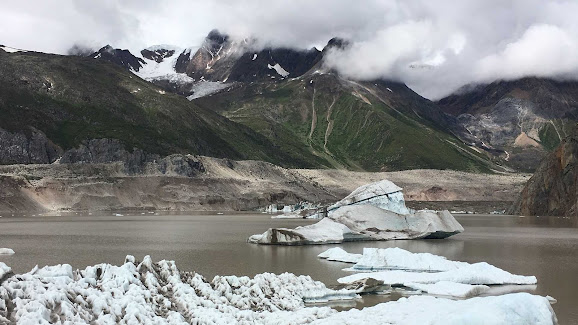In the wake of recent climate disasters, such as the wildfires that have ravaged Australia, Hurricane Ida in America, and severe flooding across Europe, more and more governments have declared climate emergencies. Over 2,000 local governments and 20 national parliaments worldwide have decided upon the measure, and it is expected that more will follow.
However, Dr Linda Westman, from the Sheffield Urban Institute at the University of Sheffield, alongside researchers from the universities of Utrecht, Sussex, Oslo, and the Australian National University, as well as the Manipal Academy of Higher Education, found that in declaring climate emergencies, governments could actually be alienating people from taking action on climate change, as they become desensitized to the issue and may begin to feel fearful and guilty, instead of empowered to change things.
Furthermore, there are fears that emergency frames could be used by governments to curtail people’s freedoms and clamp down on political debates, but so far this has not been seen.
















.jpg)